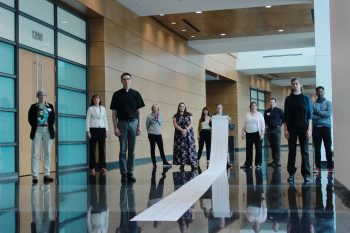When two or three are gathered, you didn’t organize well enough
July 23rd, 2018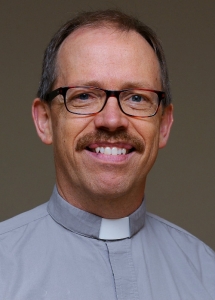 By Pr. John Hulden
By Pr. John Hulden
OK, so Matthew 18:20 is that oft quoted, much beloved verse: For where two or three are gathered in my name, I am there among them. (NRSV)
It’s beautiful, right? (Caution: I’m going to get a little grumpy here.) Nine times out of ten, I really can’t stand when someone quotes this little verse. My pet peeve has two reasons.
#1) Context is important. The five verses before this lovely verse 20 in Matthew 18 are line-by-line instructions for what to do in a knock-down, passive-aggressive, nasty church fight.
- Go find the person who did you wrong and point out the fault.
- If that doesn’t work, bring some church friends with you.
- If that doesn’t work, bring it to the church council.
- If that doesn’t work, forgettaboutit.
Good ol’ sound-biblical-advice. Isn’t it interesting that there is an underlying assumption that options a, b, and c, just might not work? What’s been your experience in church fights? :/
#2) I’ve heard this verse quoted way too many times at an event that is expecting dozens of people — maybe dozens and dozens of people — and lo and behold, only one or two show up. “Well,” some good meaning, bible-quoting leader says, “not many showed up, but at least where two or three are gathered.”
Bah Humbug.
DON’T GET ME WRONG. I l-o-v-e Matthew 18:15-20. I’ve been around church politics before I was born. These are some of the most practical advice-giving verses in the entire scriptures.
So, here’s my point:
I’ve fallen into the trap of planning events — because it truly is FUN to plan events — and then, totally forgetting to give any time to turnout. Yep, here in 2018, as we canoe up mountains against the current culture, planning an event is sooooo much easier than getting people to, well, actually show up at that well-planned event.
So here’s my case-in-point.
- Did you know the Bishop’s Theological Conference is at beautiful Cragun’s Resort on Gull Lake, near Brainerd, September 23-25?
- Did you know if you are a rostered leader in the Minneapolis Area Synod, it’s actually in your letter of call to show up at this thing every year. Yep, every year.
- Did you know our synod staff spends hours planning for this event? Of course you do.
But, …
- Did you know for the last few years we have put more and more hours in turnout work so rostered leaders show up at Cragun’s in late September?
This has been a wonderful blessing for me. Seeing the benefits of taking the time for 1-on-1 calls and contacts, encouraging and inviting colleagues to do something that will be well worth their time. And, all for an event, uhm, they are supposed to be at anyway.
“I’ve fallen into the trap of planning events and then, totally forgetting to give any time to turnout.”
Welcome to 2018, … where planning must include turnout work.
I close with those beautiful verses about church politics: Truly I tell you, whatever you bind on earth will be bound in heaven, and whatever you loose on earth will be loosed in heaven. Again, truly I tell you, if two of you agree on earth about anything you ask, it will be done for you by my Father in heaven. For where two or three are gathered in my name, I am there among them. (Matthew 18: 18-20)
Thanks be to God!

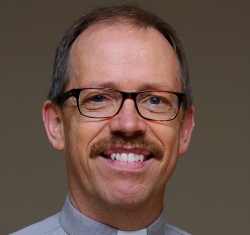
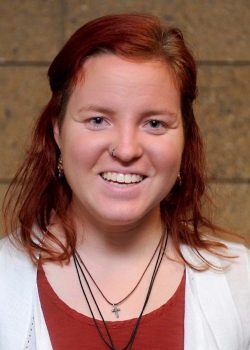
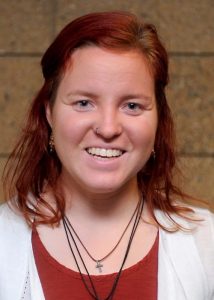 By Grace Corbin
By Grace Corbin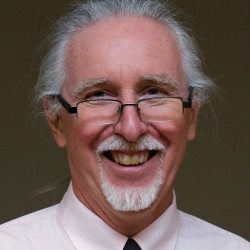
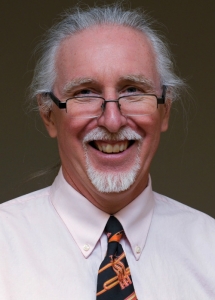 By Bob Hulteen
By Bob Hulteen 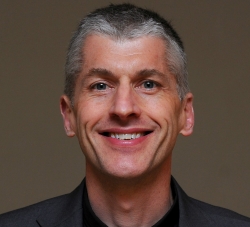
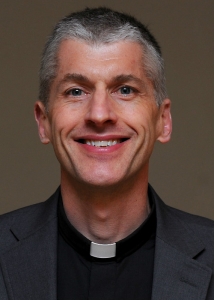 By Pastor Craig Pederson
By Pastor Craig Pederson 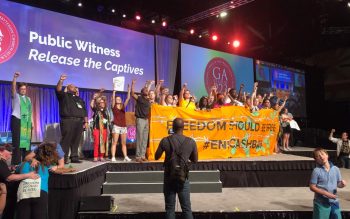
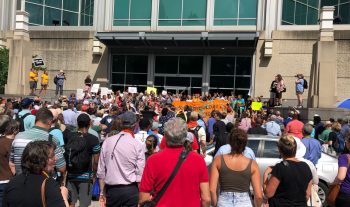
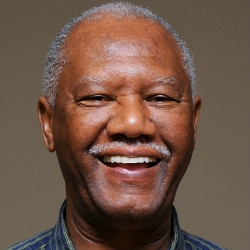
 By Pr. Kelly Chatman
By Pr. Kelly Chatman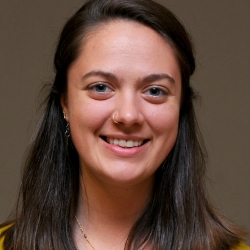
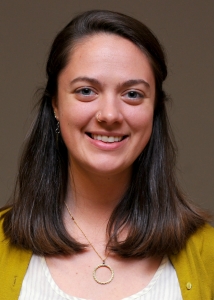 By Emilie Bouvier
By Emilie Bouvier